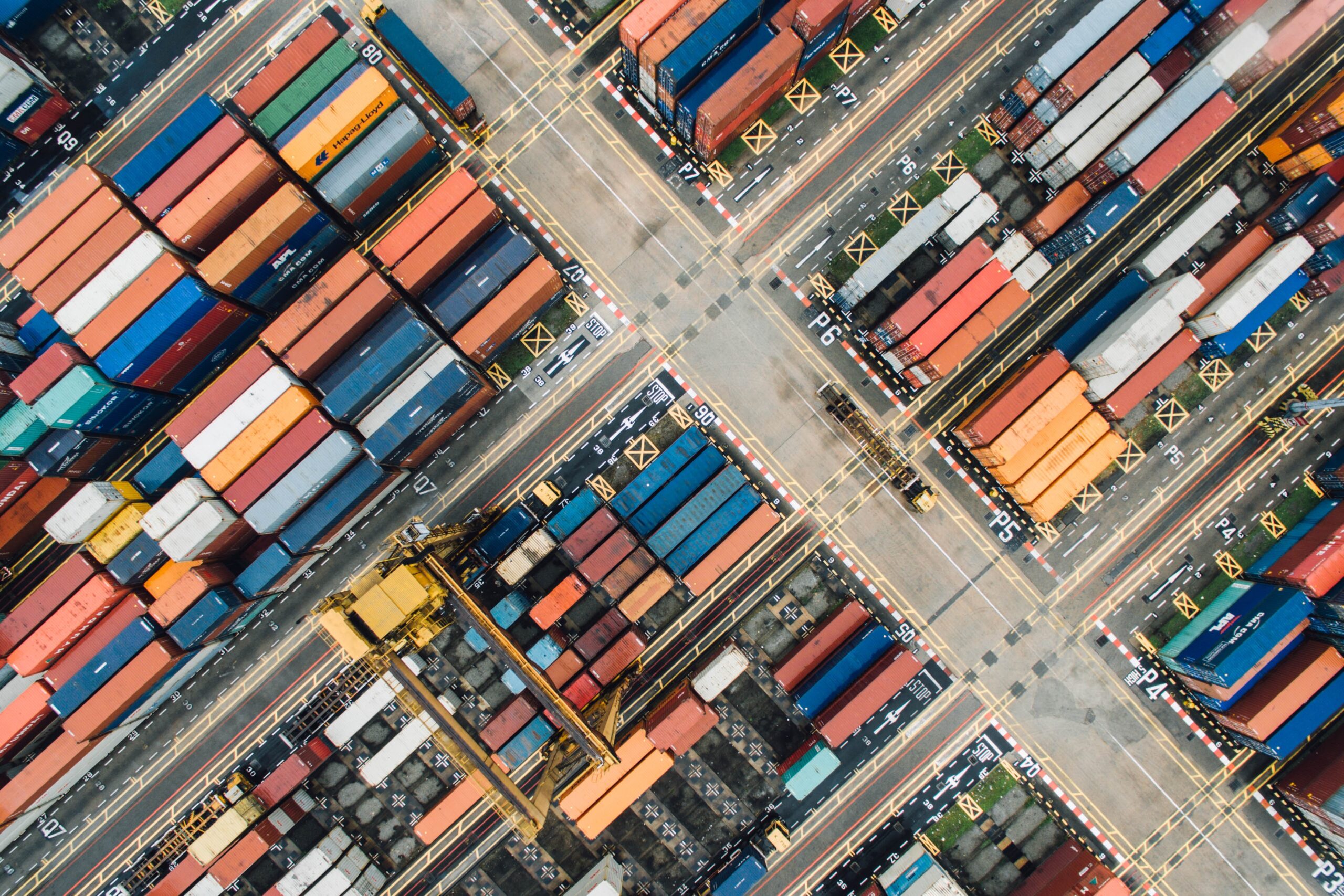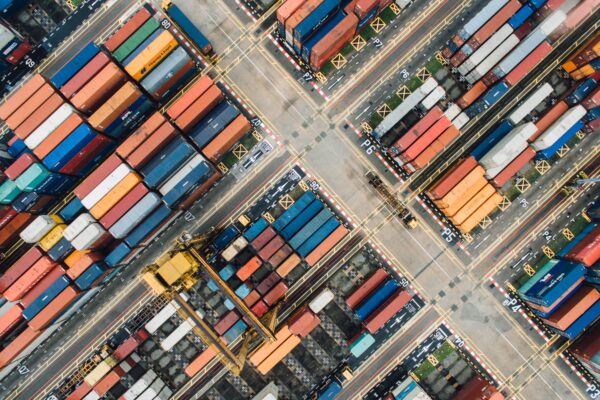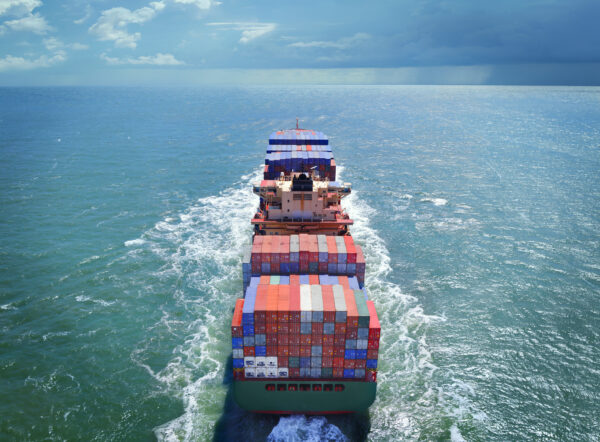Zencargo Market Update: 2nd May
May 02, 2023
Scroll to find out more
May 02, 2023
Scroll to find out more

Despite signs of rate growth, declining rates are expected due to weak demand in the three major ocean trades and an expected flood of new tonnage.
According to reports, ONE has announced that demand in Q1 2023 has been significantly weaker compared to the previous two years’ first calendar quarters and that they are not expecting signs of recovery until June or July.
And, although spot rates are stabilising, as we spoke about in last week’s market update, contract terms are still under negotiations as shippers continue to sit on the fence about locking in long term.
Are you unsure about whether to sign long term contracts or still play on the spot market?
Book in a 1:1 rates consultation with us here.
Ocean
Ocean
Ocean
Ocean
Road/Rail
European Bank Holidays
We anticipate a shortage of availability and the occurrence of delays around the bank holiday periods. Plan ahead and allow extra time for your products to be delivered.
May 2 – Bosnia and Herzegovina (FBiH), Montenegro, Serbia, Slovenia, Spain*, Transdniestria (PMR)
May 3 – Poland
May 4 – Austria*, Latvia
May 5 – Denmark, Faroe Islands, Greenland (Kalaallit Nunaat), Latvia, Netherlands*
May 6 – Bulgaria, Russia
May 7 – Lithuania, Russia
May 8 – Belarus, Belgium*, Bulgaria, Czech Republic, France, Gibraltar, Guernsey and Alderney, Isle of Man, Jersey, Moldova, Russia, Saint Helena, Slovakia, Transdniestria (PMR), UK (United Kingdom)
May 9 – Belarus, Bosnia and Herzegovina (FBiH)*, Guernsey and Alderney, Jersey, Kosovo, Luxembourg, Moldova, Russia, Transdniestria (PMR)
May 15 – Spain*
May 17 – Spain*
May 18 – Austria, Belgium, Denmark, Finland, France, Germany, Luxembourg, Netherlands, Sweden
May 19 – Belgium*, Denmark*
May 24 – Bulgaria
May 27 – Sweden*
May 28 – Denmark, Estonia, Finland, Germany*, Netherlands, Poland, Slovenia, Sweden
May 29 – Austria, Belgium, Denmark, France, Germany, Hungary, Luxembourg, Netherlands
May 30 – Croatia, Spain*
May 31 – Spain*
*Not in all regions
The information that is available in the Weekly Market Update comes from a variety of online sources, partners and our own teams. Click below to learn more about how Zencargo can help make your supply chain your competitive advantage.

In Focus: Tensions in the Middle East continue Over the past week, tensions hav...

In Focus: A market outlook Rolf Habben Jansen, CEO of Hapag Lloyd, anticipates...

In Focus: Carriers announce GRIs in April Following the Chinese New Year holida...